Growing Water Scarcity In India Represents An Opportunity For New Age Start-ups The way in which India manages its scarce water resources accounts for much of its water woes.
Opinions expressed by Entrepreneur contributors are their own.
You're reading Entrepreneur India, an international franchise of Entrepreneur Media.

Months after the Bengaluru water crisis, it is now Delhi which is making headlines for the past few days, but it is not just Delhi or Bengaluru's fight. According to a report, the average Indian wastes 30 per cent of their daily water requirement.
To put into context, a faucet leaking even 10 drips per minute wastes 3.6 litres of water per day, according to the United States Geological Survey. Also, every flush of the toilet uses nearly six litres of water.
In Delhi, households are struggling with the scarcity of freshwater as water tables lower. While climate change is one of the major reasons behind the shortage of water, overutilisation and wastage have added to the menace.
Since we are seeing these crises back to back, let us understand how water-stressed is India.
Despite having 18 per cent of the global population, India has only four per cent of the global water resources. According to World Bank, India's per capita water availability is nearly 1,100 cubic metres, "well below the internationally recognised threshold of water stress of 1,700 m3 per person, and dangerously close to the threshold for water scarcity of 1,000 m3 per person." In comparison, the global per capita availability of water is 5,500 cubic metres.
Paradoxically, India is also the largest net exporter of virtual water and has one of the most water-intense economies. Despite looming water scarcity, India is one of the largest water users per unit of gross domestic product (GDP). This suggests that the way in which India manages its scarce water resources accounts for much of its water woes.

Meanwhile there are several companies who are seeing this situation as an opportunity to capitalise on. According to JP Morgan report, companies those with a product or service that either improves water efficiency, alleviates water stress, improves the availability of water or removes the need for water from a process entirely are the ones looking at the situation optimistically for the business growth.
FarmERP, equipped with AI-based solutions, enhances irrigation scheduling and management, fostering sustainable farming practices by helping in optimize water usage in agriculture by minimizing waste from evaporation and runoff, preventing waterlogging and soil salinity.
Sanjay Borkar, CEO & Co-Founder, FarmERP said, "Implementing wastewater management standards helps mitigate environmental impacts and conserves water resources by treating and recycling wastewater. These practices can reduce agricultural water usage in India by 70-80 percent, promoting sustainable farming."
Another example of companies leveraging the water scarcity is Uravu Labs, the new age start-up is contributing to providing clean and high-quality water to people while saving groundwater and reducing water scarcity.
Its water-from-air technology offers significant environmental benefits by saving two times the amount of groundwater and eliminating the need for reverse osmosis systems.
"Installing Uravu's 10,000 LPD system could save up to 7.1 million liters of groundwater and reduce carbon emissions by 18.1 tonnes. Over the long term, customers can reduce costs by eliminating the need to purchase water from alternative sources such as packaged jars," Swapnil Shrivastav, CEO and co-founder of Uravu Labs said.
Amid all this World Bank is supporting the country to emerge out of the issues related to water scarcity. The World Bank's Country Partnership Framework for India recognizes the importance of the efficient use of natural resources, including water, in support of the country's ambitious growth targets. Several World Bank projects support India's efforts in the water sector.
Through the National Mission for Clean Ganga, the World Bank is helping the Government of India build institutional capacity for the management and clean-up of the Ganga and investing to reduce pollution.
Another World Bank project, the Dam Rehabilitation and Improvement Project, has improved the safety and performance of 223 dams in the country through rehabilitation, capacity-strengthening and measures to enhance legal and institutional frameworks.
The National Hydrology Project is providing significant support to strengthen capacities, improve data monitoring and analysis, and laying the foundations for benchmarking and performance-based water management.












